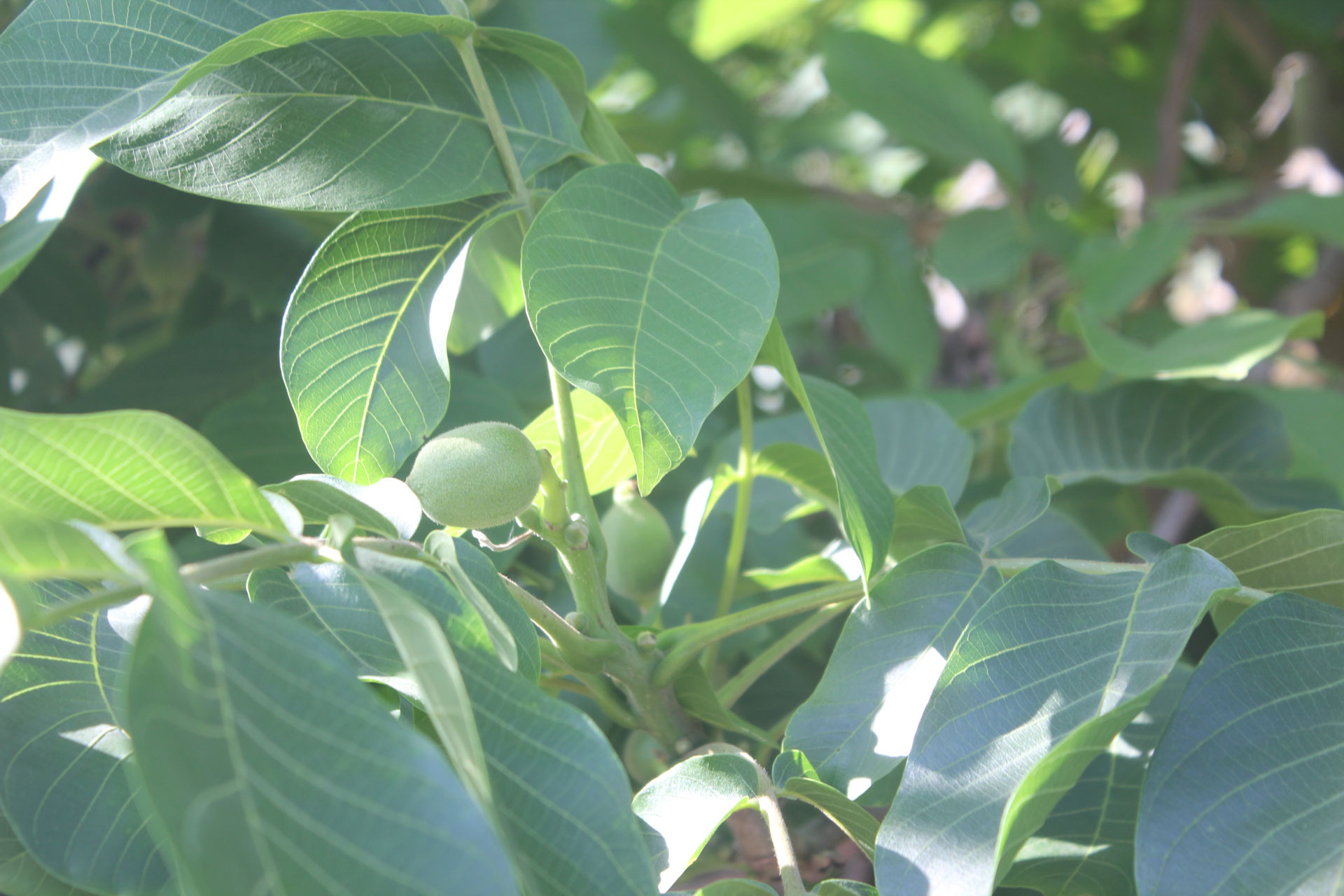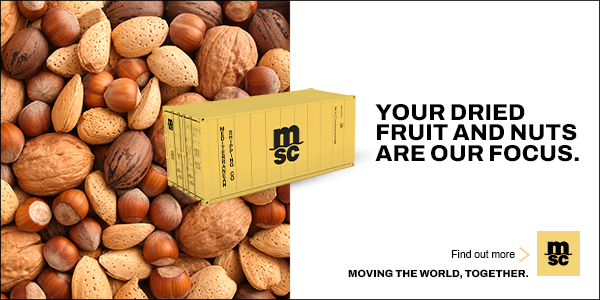
Sap analysis has proved to be an effective method for leaf tissue sampling and determining nutrient needs.
Sap analysis involves extracting sap from tree leaves and analyzing its nutritive characteristics. Once those characteristics are determined, growers and/or consultants can make nutritional management decisions, according to Agro-K Technical Sales and Marketing Representative Sean Jacobs. In an interview during the third-annual Crop Consultant Conference in September, Jacobs explained the difference between this method and a normal tissue analysis.
“When you’re doing a tissue analysis, you’re taking a set of leaves, you’re probably washing the outside a bit, drying them, grinding them up and digesting all of it and spitting out the results of what nutrients are in it,” he said. “[With a sap analysis], you’re getting the sap that’s in the intracellular space. It’s a very small component compared to the whole leaf analysis, but those are the nutrients that are actually free in the transpirational stream going up to the leaf for the leaf to build the various components that it has.”
Also different from a tissue analysis, Jacobs said a sap analysis gives essentially three analyses by taking an old leaf and a young leaf and comparing nutrient levels. “Not only can you look at what your current nutrient status is, you also can see how mobile nutrients are moving,” he said, noting that some nutrients are mobile, immobile and in-between. “And depending on where you may have had a deficiency, it either can be pulling nutrients from your old leaves or not pulling nutrients into your new leaves.”
Jacobs said that sap analysis is a good indicator of what is presently in the sap going into the leaves and what will be in leaves two to three weeks out. A tissue analysis, on the other hand, is like looking into the past as nutrients are already assimilated within the leaf.
“If you know you have a really high demand for a certain nutrient coming up, you can take a sap analysis prior to that and get enough time to see, ‘Okay, well do I need to apply some [nutrients], am I going to have a deficiency,’ and then you’ll be able to correct it,” Jacobs said.
Jacobs noted that Agro-K and other proponents of sap analysis don’t necessarily view the tool as a competitor to tissue analysis as they are foundationally telling different stories about what is going on with the plant. Additionally, tissue analysis has a broader time-of-day sampling window and is generally a faster sampling process in the field. That being said, Jacobs believes that adoption of sap analysis will increase in the future.
“The one great thing about sap analysis is that you can take it at any time of the year… any time you might have interest in what the nutrient status is,” he said.
















